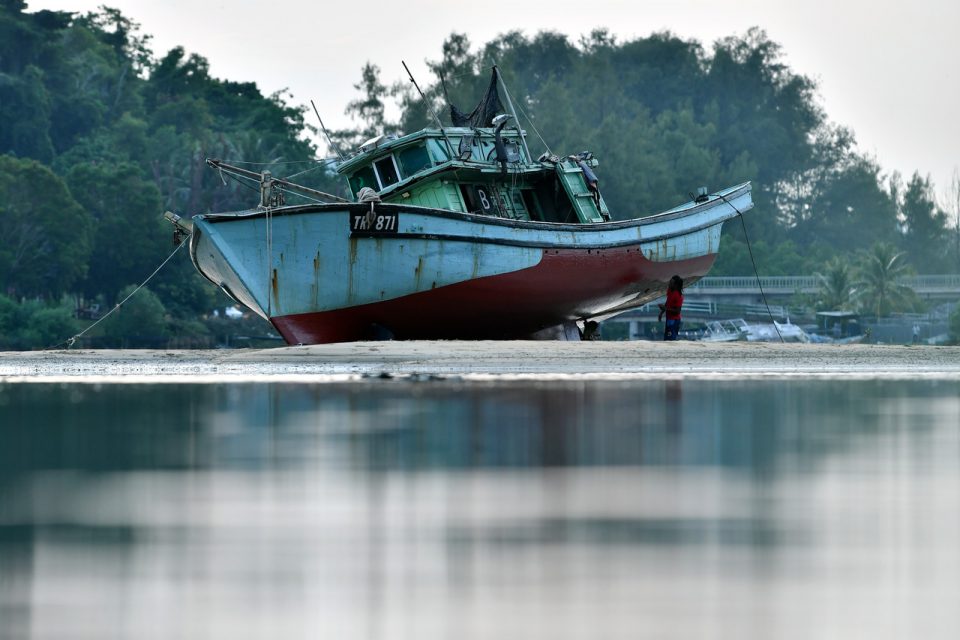KUALA LUMPUR, Feb 9 — The temporary employment visit pass (PLKS) fee for foreign fishermen has been reduced to RM320 per person in the agricultural sector for the first six months.
The Department of Fisheries Malaysia (DOF) in a statement yesterday said this is one of the government’s efforts through the collaboration of the Ministry of Agriculture and Food Security (MAFS), the Home Ministry, the Immigration Department and DOF to assist local fishing vessel operators in the implementation of PLKS for foreign fishing crew members.
According to the statement, the age limit for foreign fishermen entering the country for the first time has also been set at 60 years where this exemption is given specifically to the capture fisheries sector.
“MAFS projects the number of foreign fishing crew members needed for the year 2023 (first quarter) in Peninsular Malaysia to be around 17,486. To date, the PLKS of 10,063 foreign fishermen has been approved.
“Overall, 24,549 foreign fishermen are needed in Peninsular Malaysia, Sabah, Sarawak and Labuan. Their employment approval is subject to Section 60K, Employment Act 1955,” read the statement.
Foreign fishing crews are required to have the PLKS documentation on January 1 last year, in accordance with the gazette on the Passport (Exemption) (No. 2) (Amendment) Order 2021 and the Immigration (Exemption) (Amendment) Order 2021 on 28 May 2021.
In the statement, the DOF said it was actively working to increase the participation of local workers to reduce the dependence on foreign workers in the capture fisheries sector through various initiatives and training programmes.
However, it said permission to employ foreign fishermen has been given to operators of fishing vessels with a load of 40 gross register tonnage (GRT) and above, especially anchovy trawlers, zone C vessels (operating more than 12 nautical miles from the coast), zone C2 vessels (more than 30 nautical miles) and zone C3 vessels (to catch tuna in the Indian Ocean).
— Bernama





